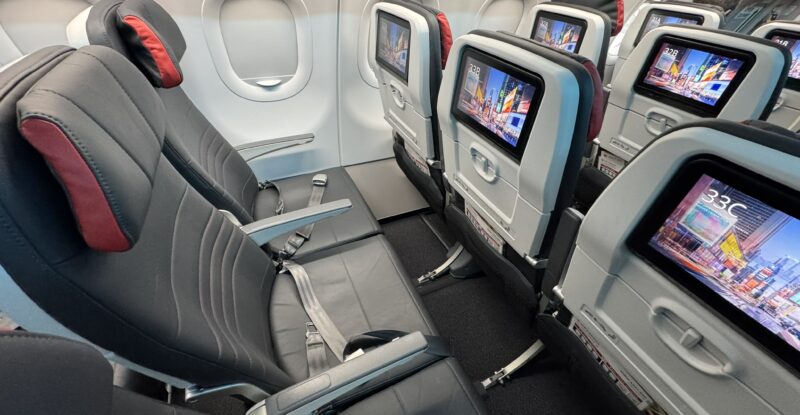 I have become quite fond of experiencing #PaxEx opposites due to flight changes that are out of my control. This time, fleet constraints and delays saw me stepping on board the most senior aircraft in Air Canada’s fleet — a 34-year-old Airbus A320 delivered back in 1991 — on a ride from New York LaGuardia to Toronto, and returning on the airline’s most recently refurbished aircraft.
I have become quite fond of experiencing #PaxEx opposites due to flight changes that are out of my control. This time, fleet constraints and delays saw me stepping on board the most senior aircraft in Air Canada’s fleet — a 34-year-old Airbus A320 delivered back in 1991 — on a ride from New York LaGuardia to Toronto, and returning on the airline’s most recently refurbished aircraft.
The outbound flight was originally scheduled to operate with an Airbus A220, but Air Canada swapped it out for the A320. The aged twinjet was like a time machine, offering a glimpse into the past in a charming sort of way.
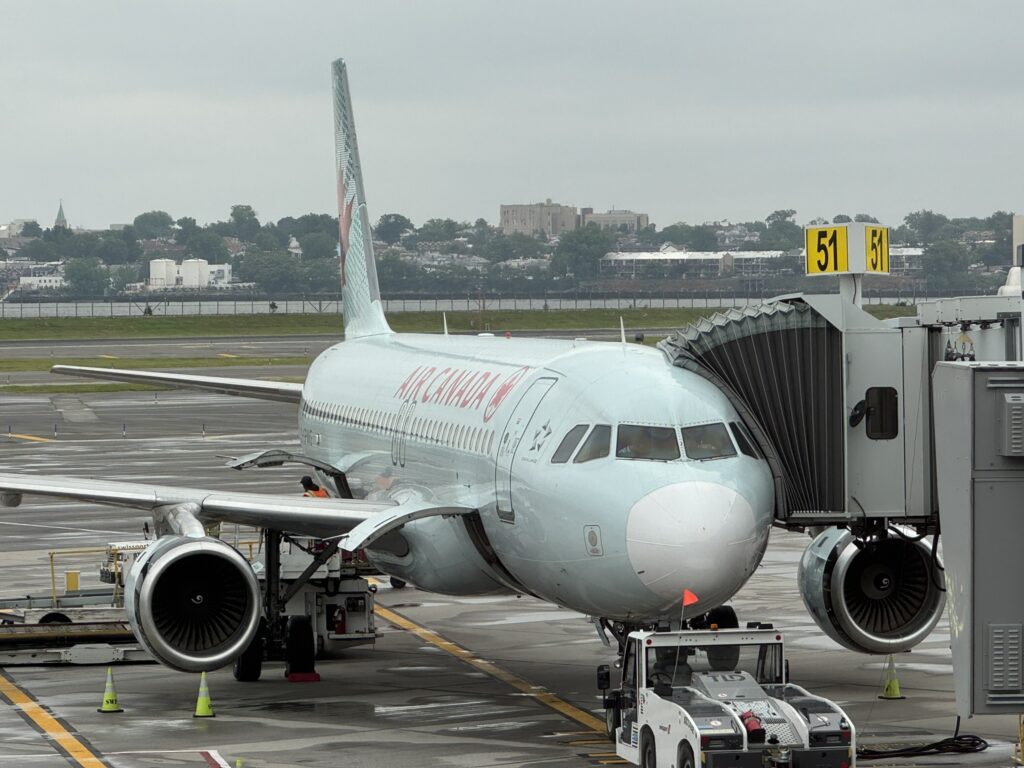
My travel companions and I ended up in row 14, a designated “preferred” row on this aircraft. The seats are straight out of a bygone era where comfort was held above all else; they feature plush padding and generous legroom.
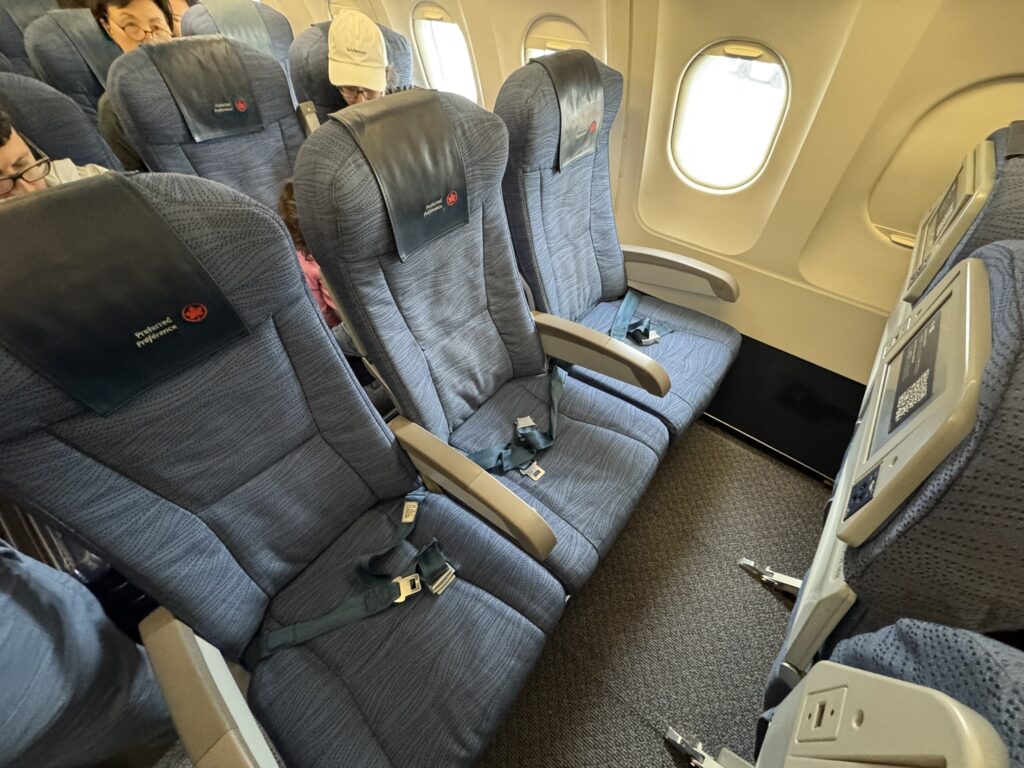
In the modern era of slimline seats and value engineering, this seat is a real treat for someone with a lean frame like me.
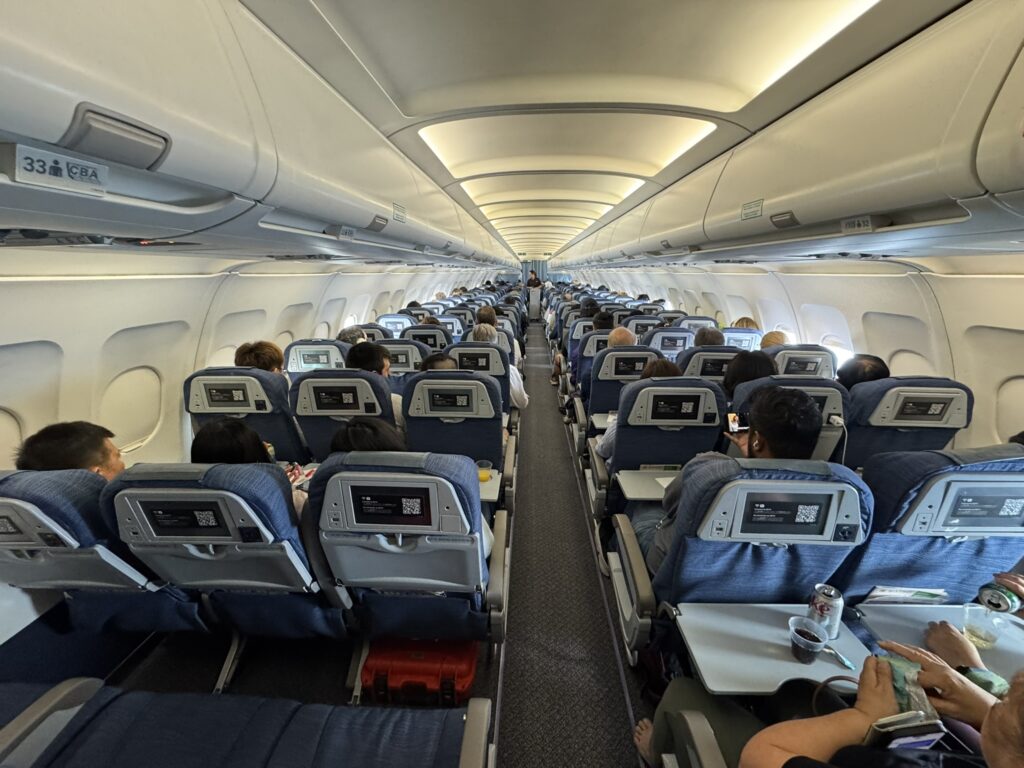
Air Canada was ahead of its time in outfitting its narrowbodies (and even regional jets) with seatback inflight entertainment screens, power outlets, and USB ports. Today, the airline refers to the hardware as a “legacy” IFE system. This dinosaur is on the verge of extinction, including up front in business class.
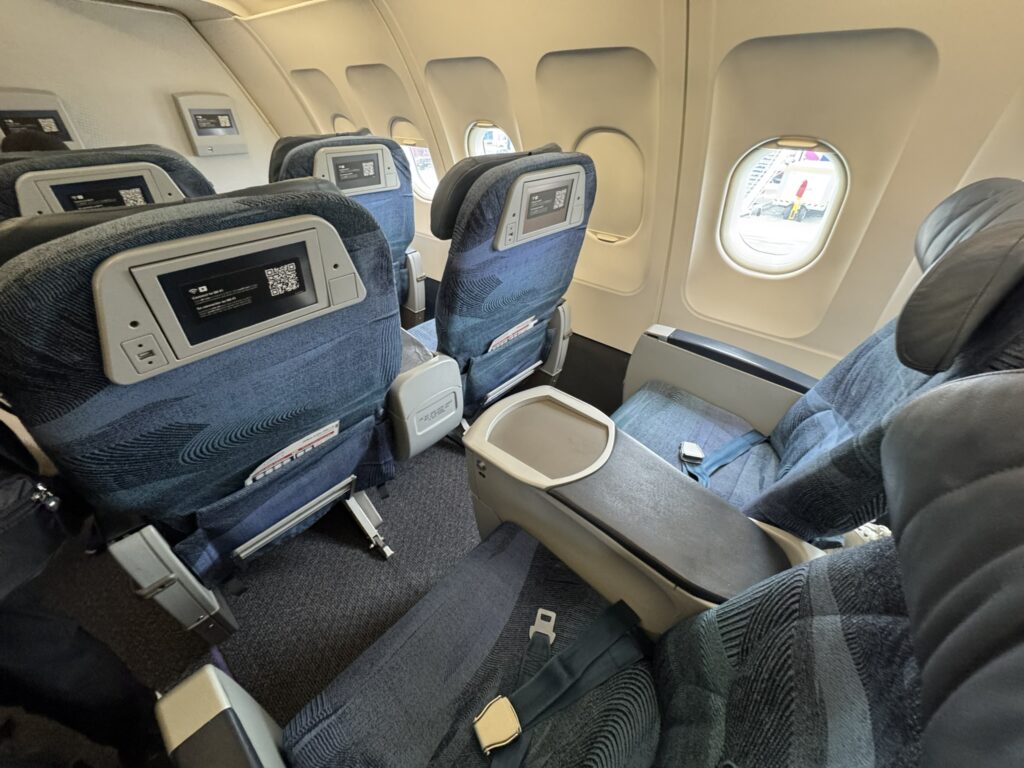
As the airline prepares to retire elderly aircraft like this A320 and refurbish the rest, it has in some instances removed the legacy embedded IFE system, and replaced it with plastic inserts in the seatbacks. But on this aircraft, the system has simply been deactivated, and allowed to die in place.
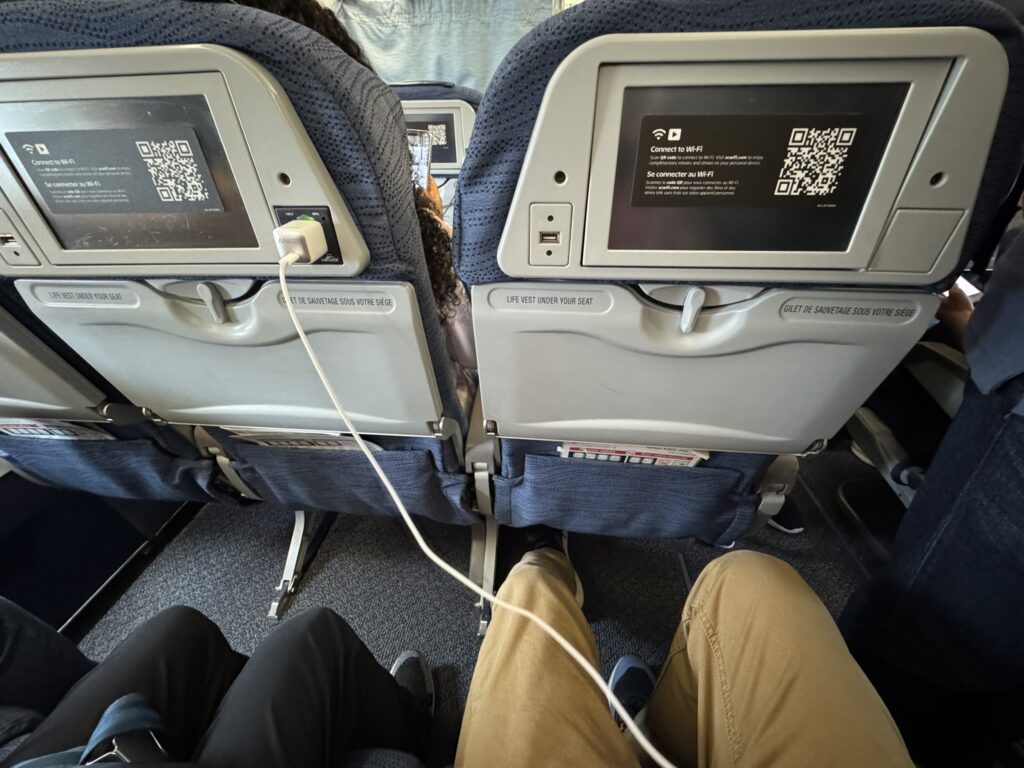
The USB-A ports tied to the displays no longer work, though I still observed passengers trying to use them. The AC power outlets, with two available for every trio of seats, mostly still work if you put enough effort into it.
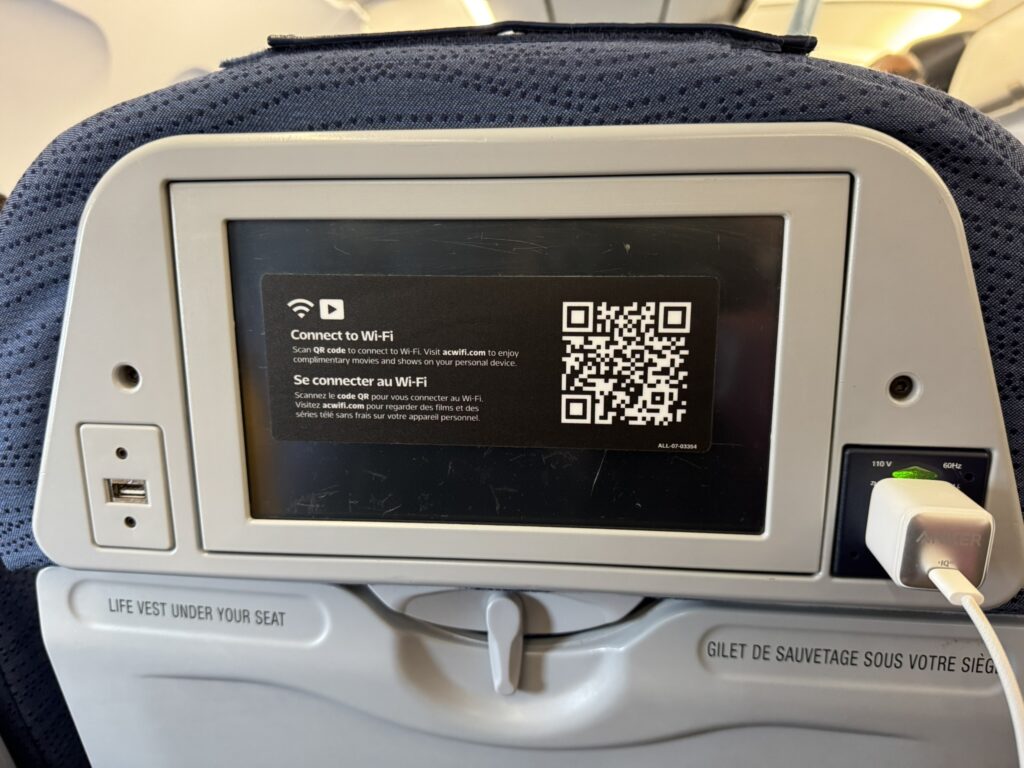
Stickers on the inoperable screens guide passengers to the Wi-Fi portal using a QR code. Streaming movies and TV shows are on offer for those willing to jump through the portal hoops. I was willing and I was surprised at both the depth of content available and the reliability of the playback.
The connectivity is powered by the legacy Intelsat (formerly Gogo) air-to-ground system.
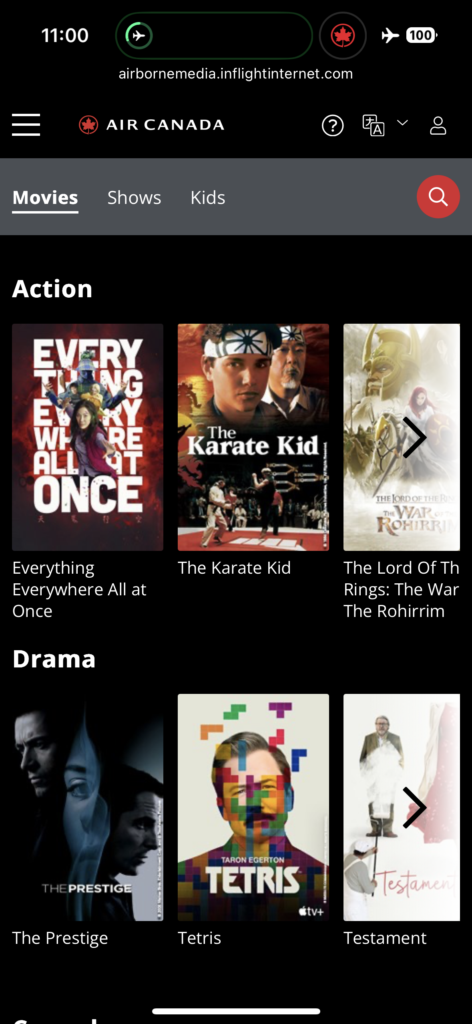
Speaking of the connection, it too managed to squeeze through some bits and bytes as I utilized the free texting plan. This aircraft is not configured for the fully free Internet that Air Canada’s Intelsat 2Ku-fitted mainline fleet (and Intelsat multi-orbit IFC-equipped RJs) now offer, but something is better than nothing!

This A320 is something of a museum and #AvGeek experience rolled into one, offering plush seats at a time where plushness is reserved only for premium cabins, and fully metal lavatory sinks at a time where metal has been deemed too heavy to be profitable.
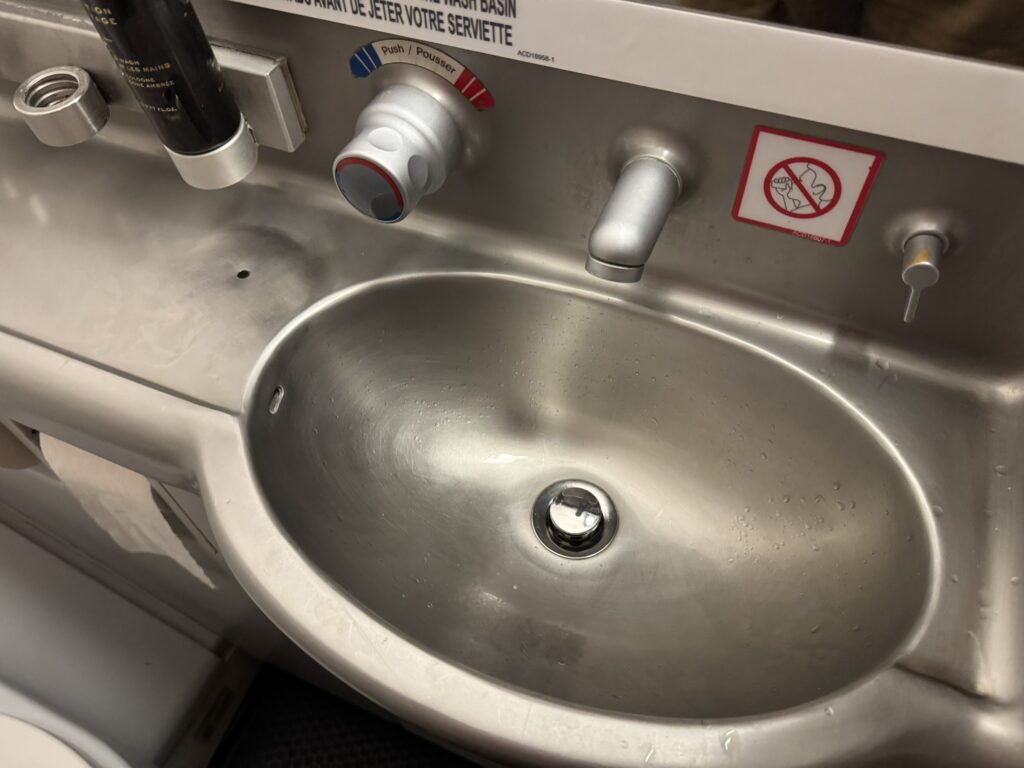
A last-second go-around pushed the two prior-generation CFM engines to their limit; I enjoyed every second of this flight!
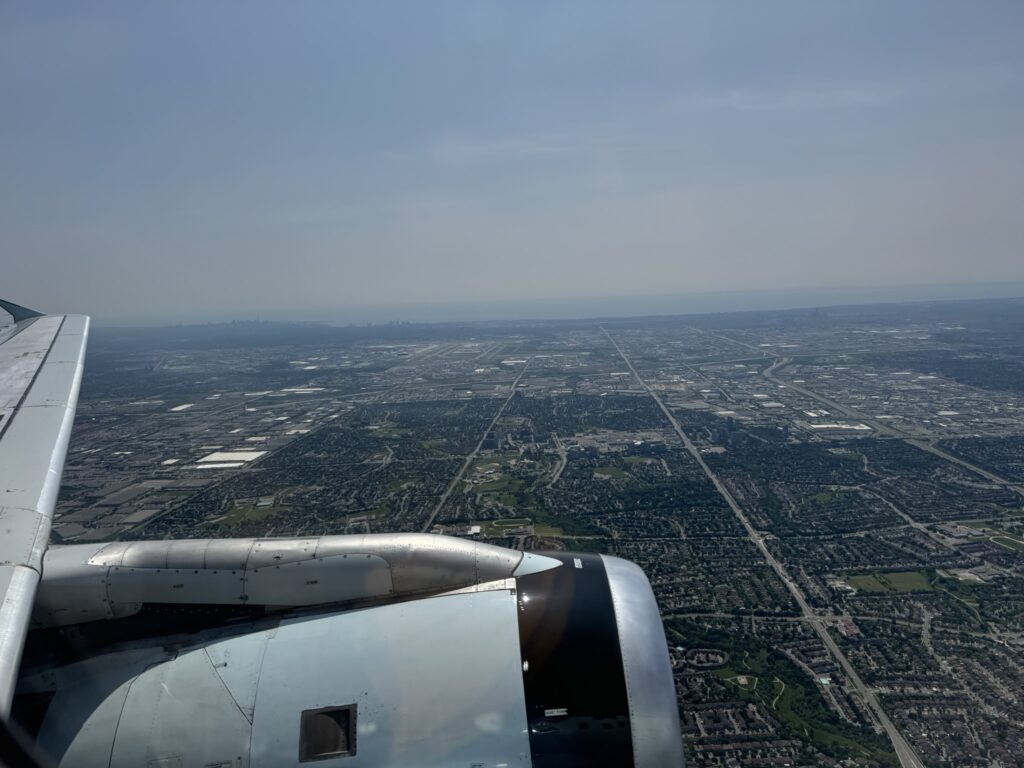 The return flight from Toronto was as different as could be, shifting to a brand new experience. This 24-year-old A321 was fully refurbished less than two months prior to my flight, and sports all the cool bells and whistles promised by Air Canada in 2023.
The return flight from Toronto was as different as could be, shifting to a brand new experience. This 24-year-old A321 was fully refurbished less than two months prior to my flight, and sports all the cool bells and whistles promised by Air Canada in 2023.
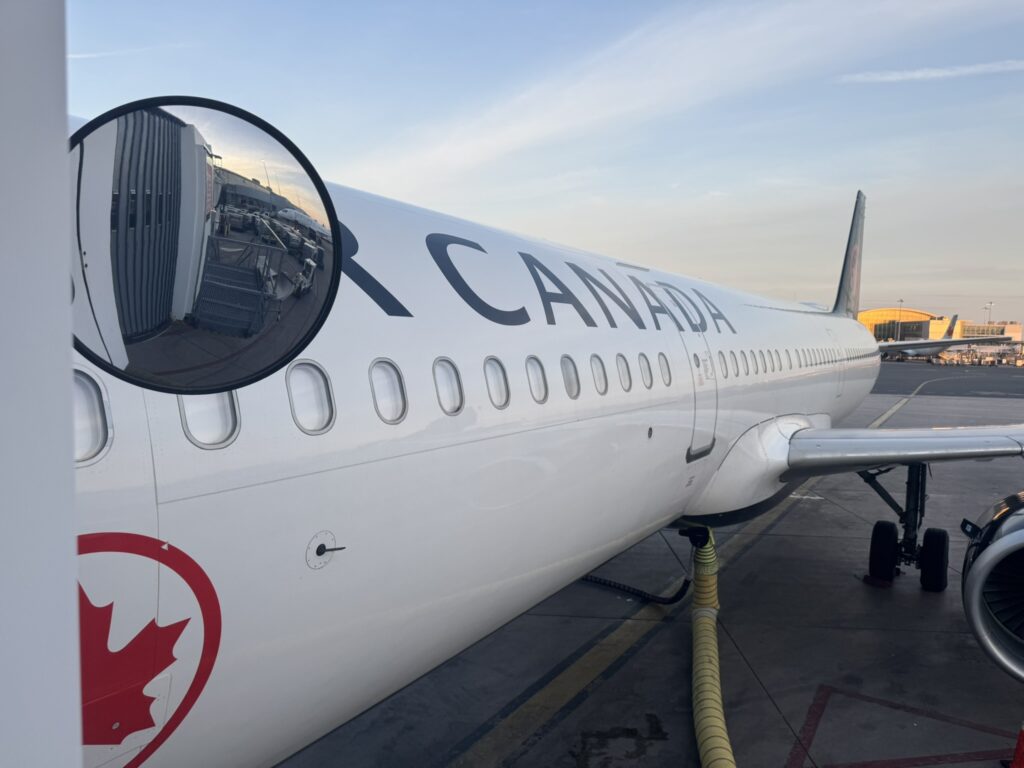
Air Canada ripped out and replaced everything from its old cabin that wasn’t structural to the aircraft.
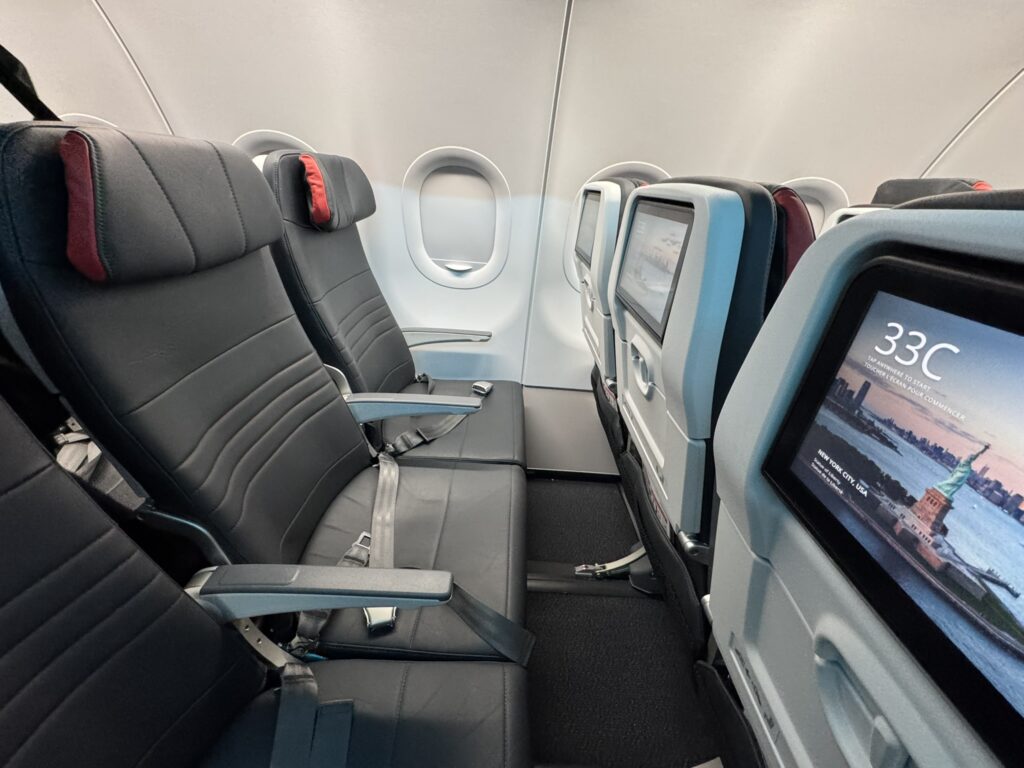
Gone are the old, plush seats; they’ve been replaced with modern but still comfortable slimline leather seats.
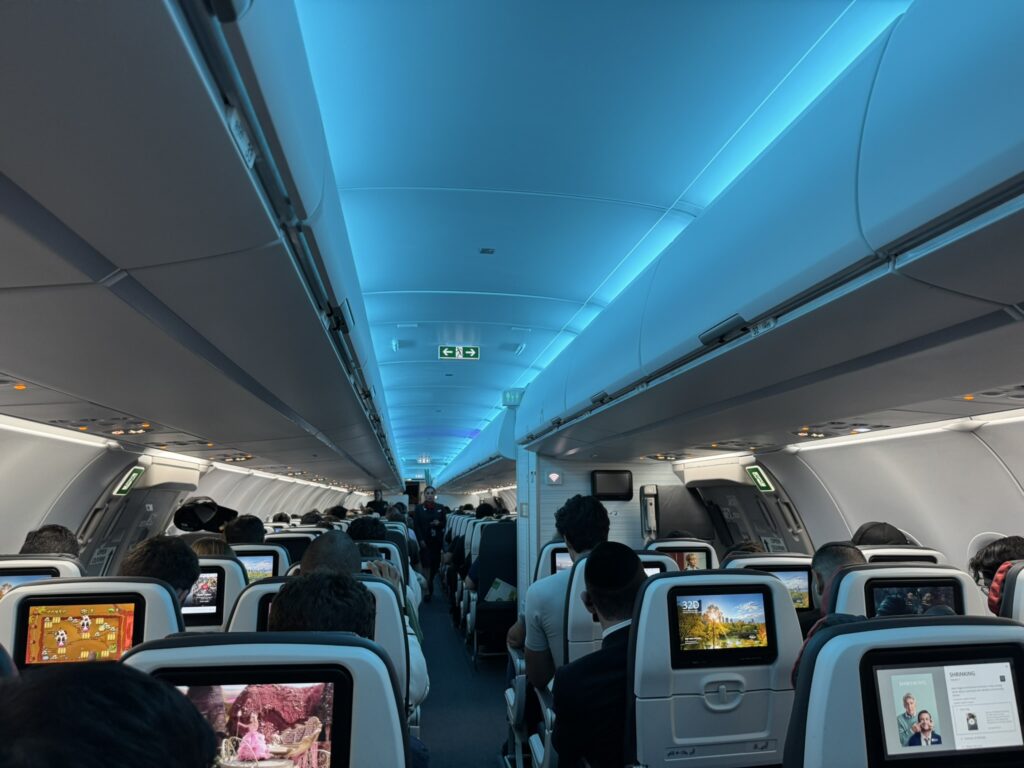 Gone is the legacy entertainment system; it has been replaced with a modern Panasonic Avionics system.
Gone is the legacy entertainment system; it has been replaced with a modern Panasonic Avionics system.
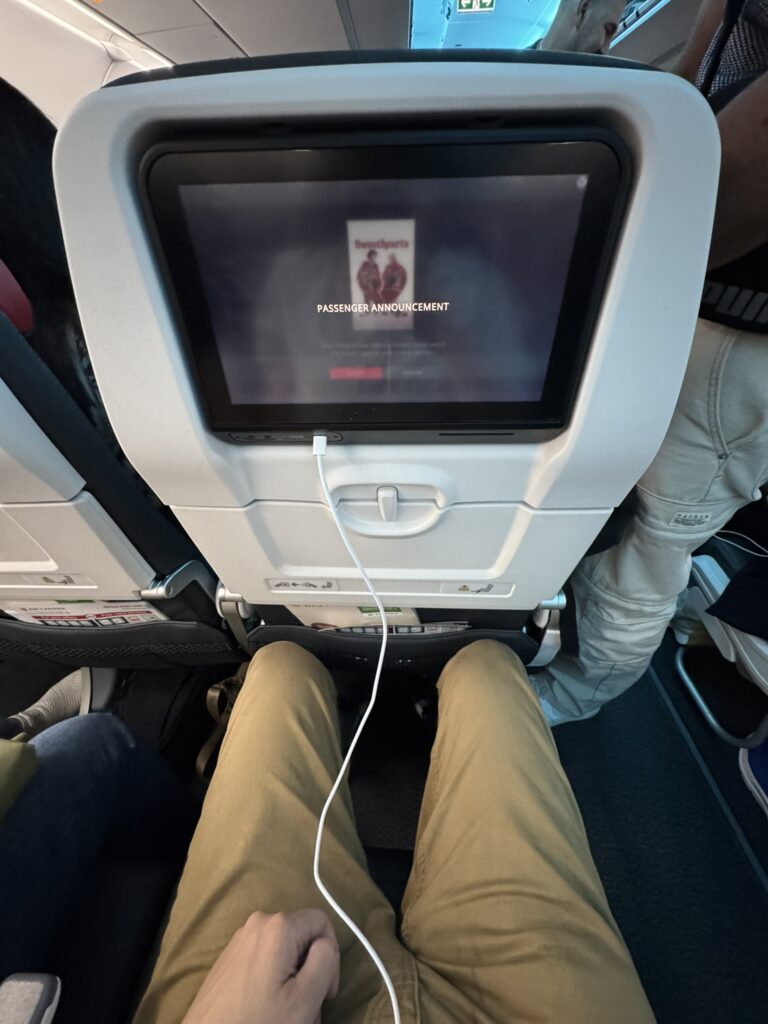
The tiny overhead bins have also been replaced with modern Airbus Airspace XL bins that swallow large bags whole, though it seems that the gate agents are still not aware of the bins’ capabilities!
Many bins ended up mostly empty on my flight.
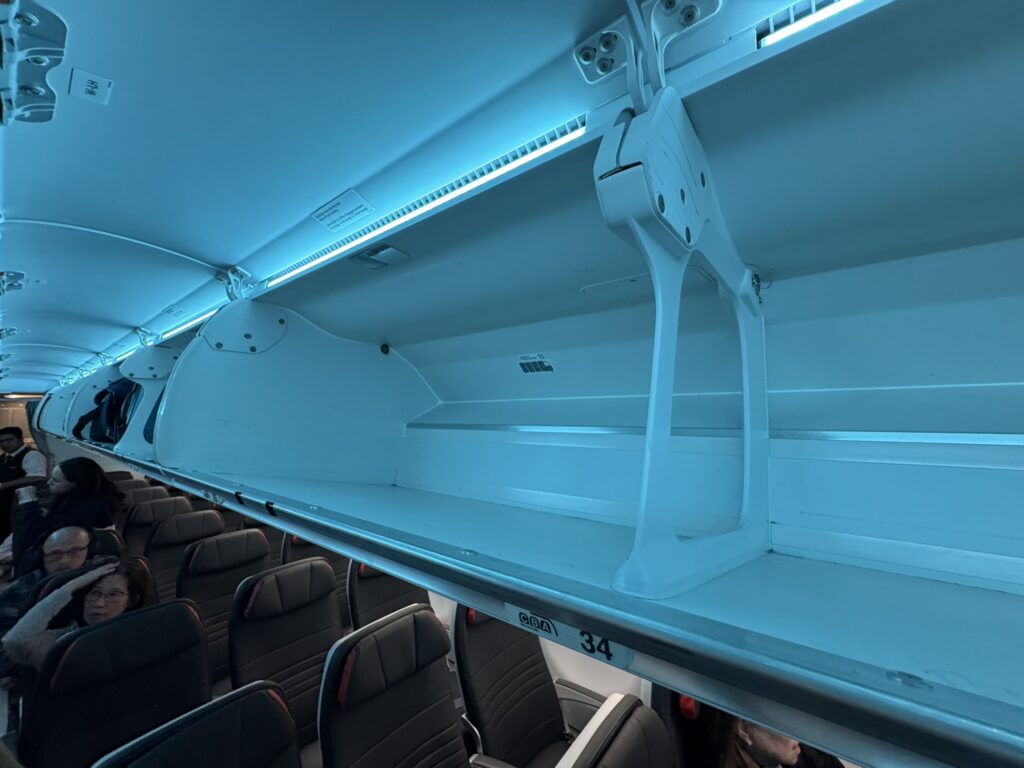
Each extremely responsive IFE screen is equipped with USB-A and USB-C ports; Bluetooth audio (that alas still isn’t loud enough for me to actually use on some devices); and what is potentially the best content selection of any aircraft I have ever been on — including widebodies!
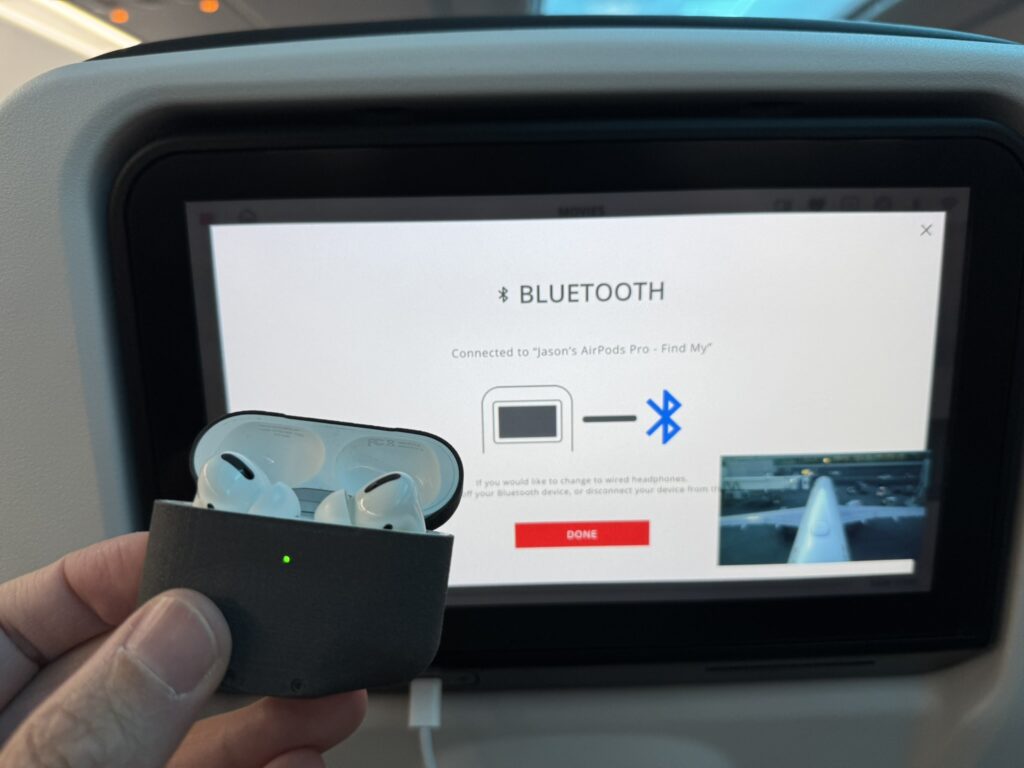
Much like my 2024 experience on an Air Canada Boeing 787-9, the option to watch content with other passengers was functionally useless.

Most of the cabin is fairly standard for a modern full-service carrier experience, but Air Canada went hard with the #AvGeek angle and installed not one but two exterior cameras for passenger viewing.
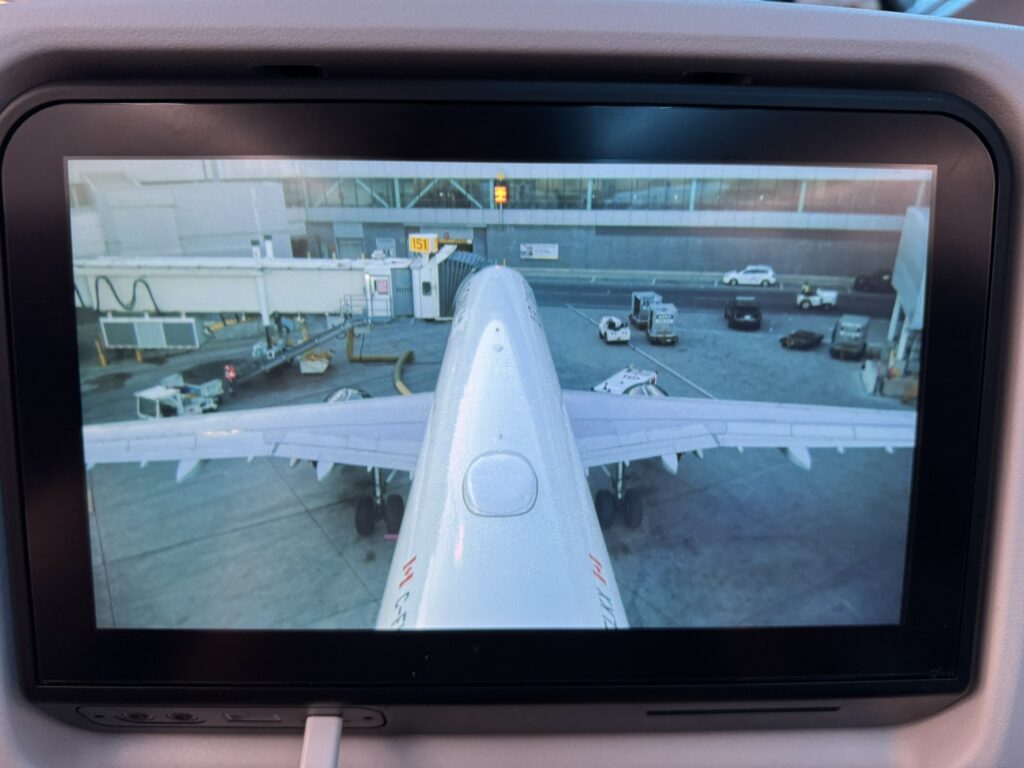 While perhaps not the industry first that the airline claims (Interjet offered an exterior camera view on its A320 twinjet and possibly its Sukhoi Superjet fleet), it is the first time I have experienced a modern high-definition external camera on a narrowbody aircraft.
While perhaps not the industry first that the airline claims (Interjet offered an exterior camera view on its A320 twinjet and possibly its Sukhoi Superjet fleet), it is the first time I have experienced a modern high-definition external camera on a narrowbody aircraft.
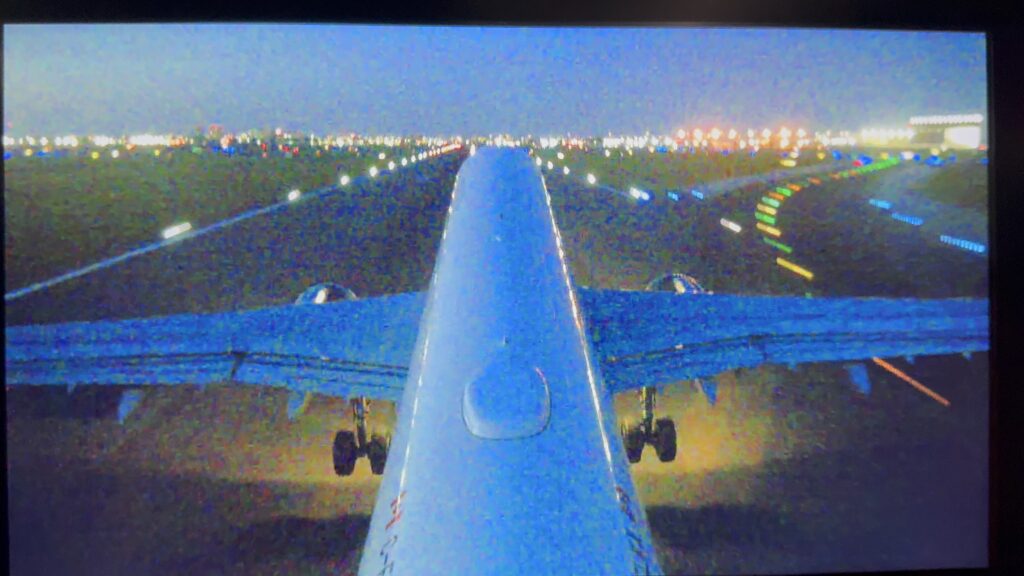 While not the fault of the Panasonic system, an inoperative auxiliary power unit resulted in the aircraft briefly losing cabin power twice. Each power loss resulted in full resets of the entertainment system, annoying passengers since both resets took a very long time to complete.
While not the fault of the Panasonic system, an inoperative auxiliary power unit resulted in the aircraft briefly losing cabin power twice. Each power loss resulted in full resets of the entertainment system, annoying passengers since both resets took a very long time to complete.
The cabin crew also had to perform a hurried manual safety demonstration on the taxi out to the runway as the system had not finished rebooting in time for takeoff.
I was glued to the camera views during takeoff and landing.
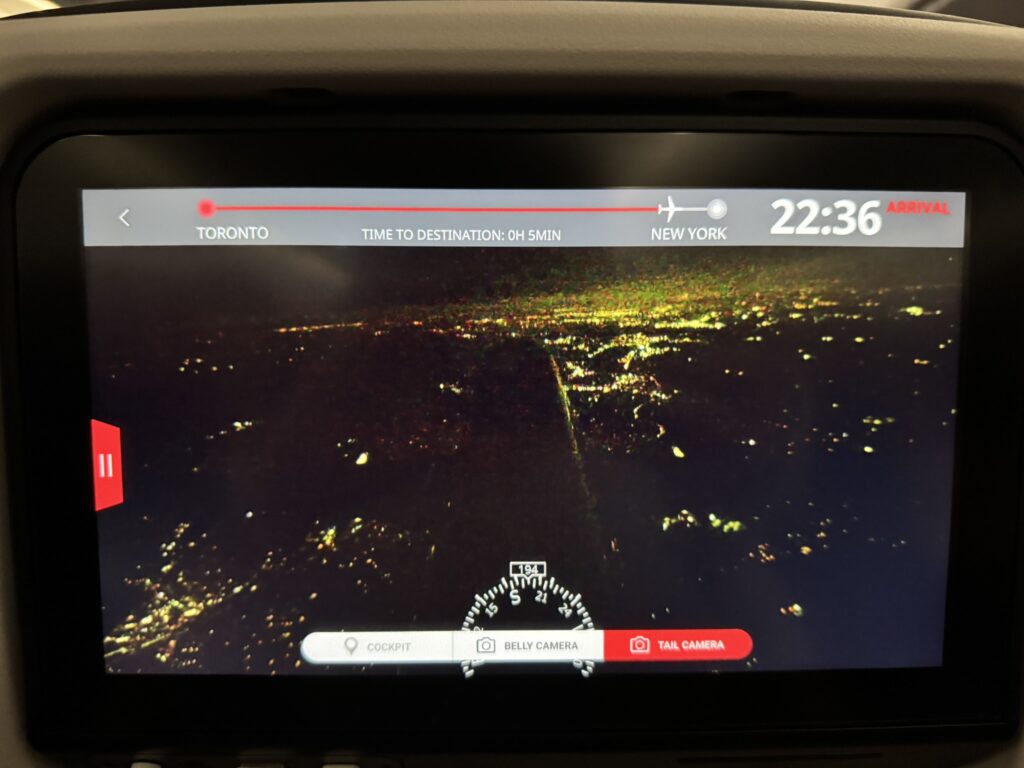
Air Canada in 2024 began offering free alcohol and snacks on its transborder flights to better compete with Porter Airlines, but attempting to service a 30-row economy cabin with a single cart and two flight attendants on a route this short meant that by the time the rear third of the cabin was reached we were already on final approach to LaGuardia.
While the elderly A320 reminded me what was once the comfy norm, I love that Air Canada decided to go premium on its fleet refurbishment, even if the plushness of the early 2000s is gone.
It will take Air Canada through 2027 (unless supply chain issues have more to say about that) to fully refurbish its narrowbody fleet, but I’m happy I got to see the old interior one last time before the new is all we have.
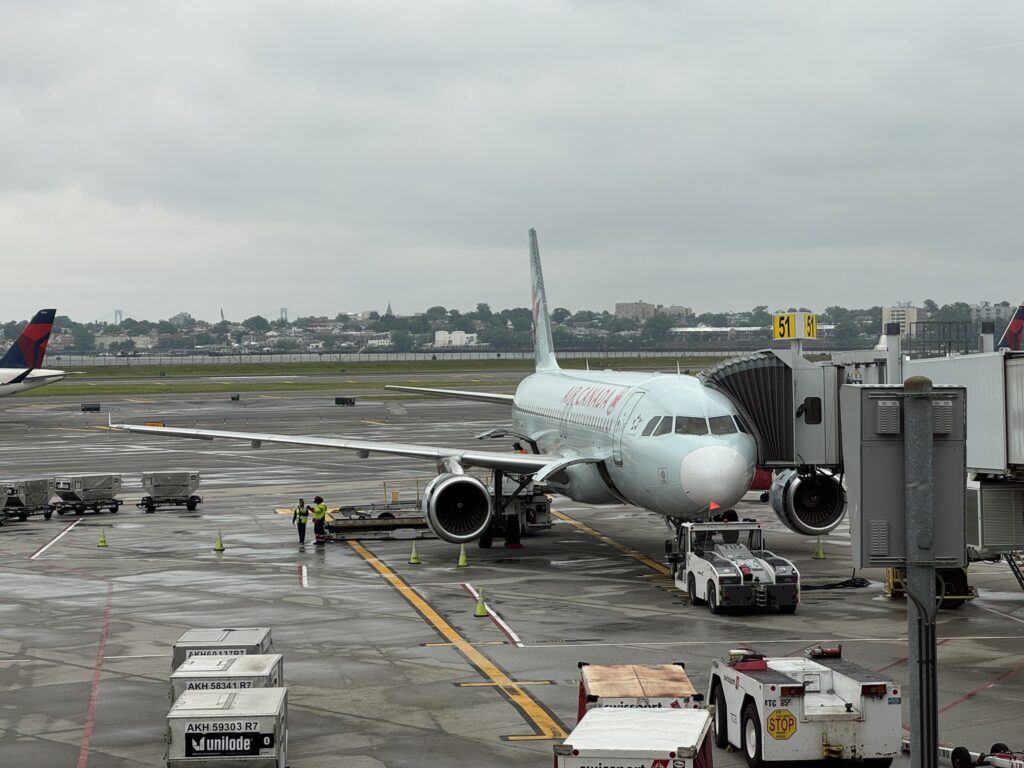 Related Articles:
Related Articles:
- Blazing fast Internet on an RJ? Air Canada stuns in free Wi-Fi rollout
- Strong IFE and biz meal buy up make Air Canada 787 shine
- Air Canada explores possible LEO augment for 2Ku
- Air Canada cranks up cool factor with nose to tail A321/A320 refurb
All images credited to the author, Jason Rabinowitz




